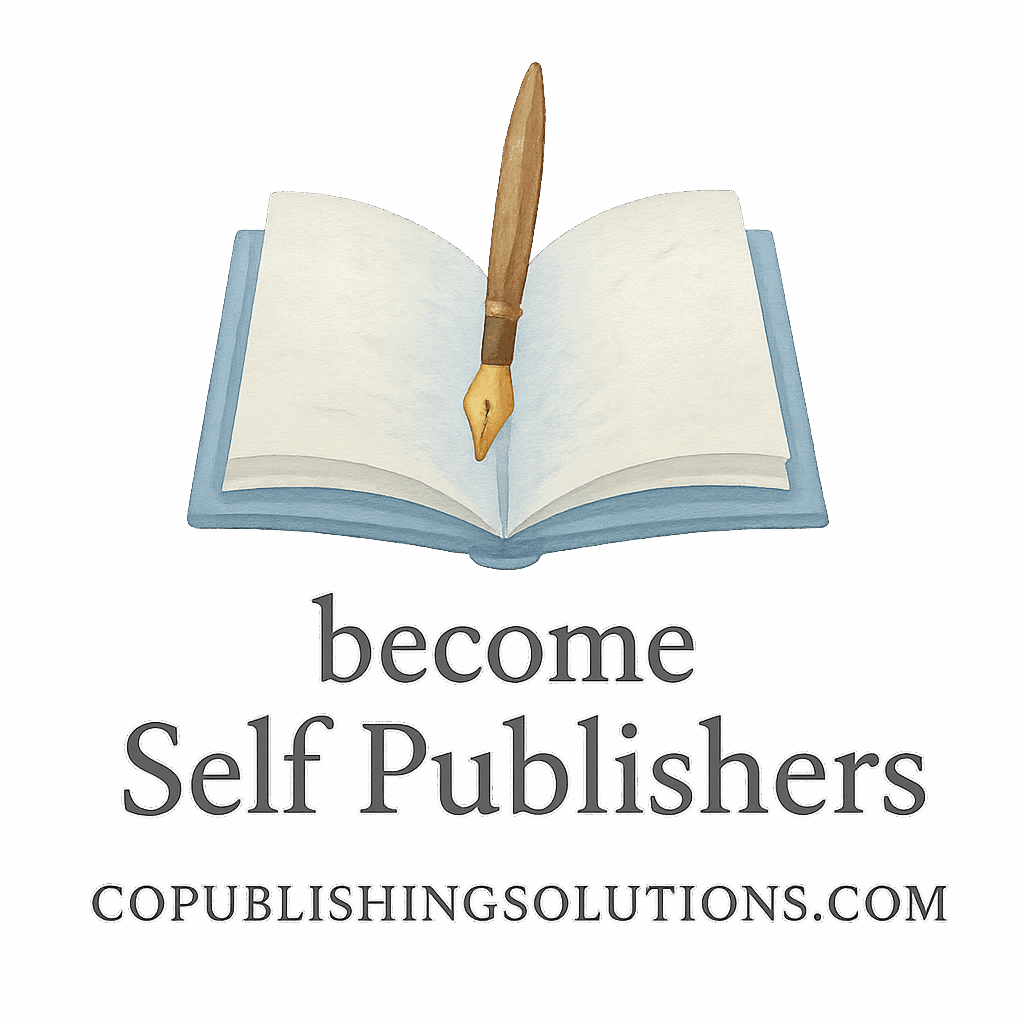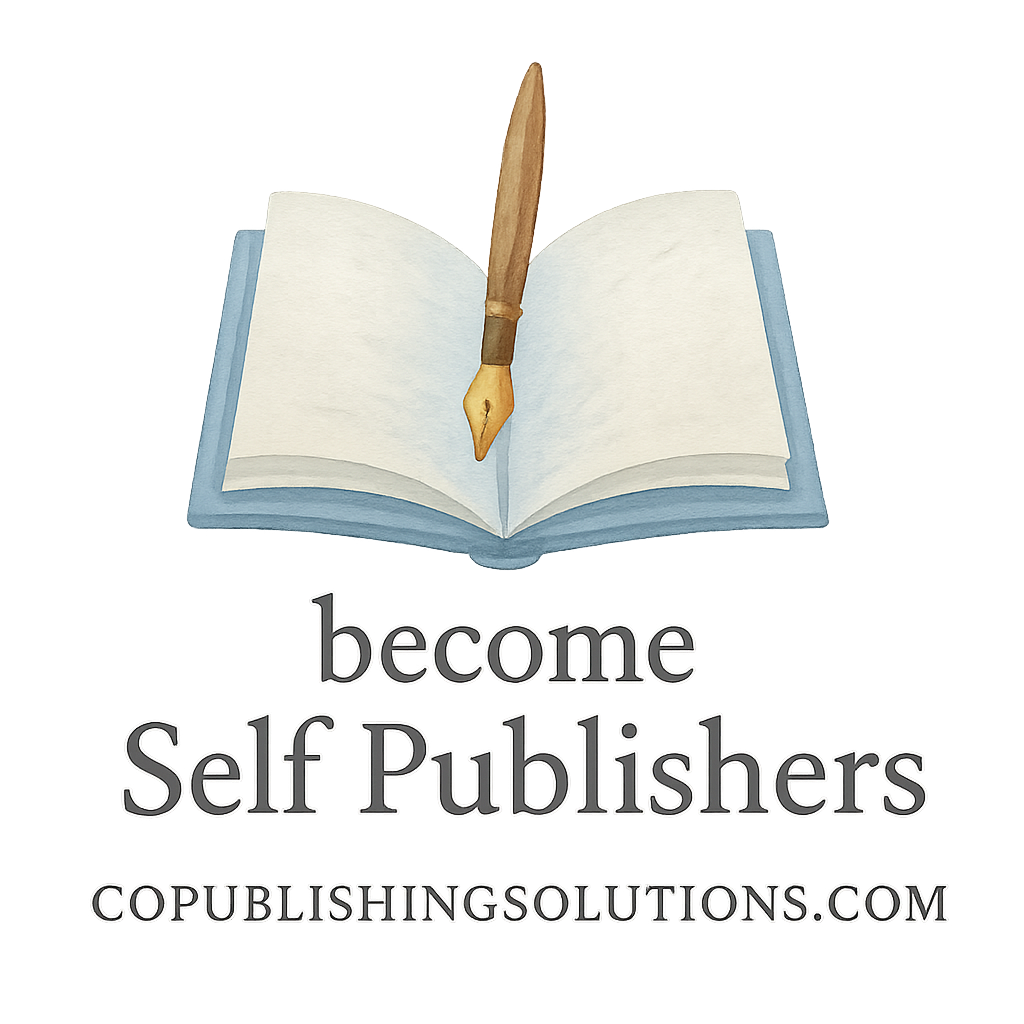Let’s be real—writing a book is only half the battle. If you want your hard work to actually reach readers, sell copies, and maybe even make you money, you need a rock-solid publishing plan. Don’t worry, this isn’t about overwhelming spreadsheets or jargon-heavy strategy. In this guide, I’ll walk you through 10 doable steps to build a successful publishing plan that works—whether you’re a total beginner or leveling up your game.
And hey, if you’re looking to go from “just a writer” to a real author brand, this is your roadmap.
Step 1: Define Your Publishing Goals
Before you touch a keyboard or think about cover design, ask yourself: Why am I doing this?
Short-Term vs. Long-Term Goals
Are you publishing to build authority? Grow a business? Or maybe you just want to tell your story and leave a legacy. Your goals will drive your decisions—from your publishing format to your marketing plan.
Aligning with Personal and Professional Objectives
Whether you’re after passive income, brand recognition, or a creative outlet, write it down. Keep your “why” visible as a daily reminder. It’ll keep you grounded when publishing gets messy (and it will get messy).
Step 2: Identify Your Target Audience
You can’t speak to everyone. The magic happens when you speak directly to someone.
Know Who You’re Writing For
Your audience might be first-time moms, small business owners, or sci-fi lovers. Whatever the niche, knowing your reader shapes everything—from tone to marketing.
Using Audience Insights Tools
Use platforms like Google Analytics, Facebook Insights, or even surveys to understand demographics, habits, and pain points. For deeper insights, check out Publishing Content Strategy.
Step 3: Choose the Right Publishing Format
Don’t get caught in the print vs. eBook battle. It’s not one-size-fits-all.
Print, eBook, or Both?
Each format has pros and cons. Print is tangible and credible. eBooks are easier and cheaper to distribute. Some authors go both routes. If you’re stuck, explore the Self-Publishing Basics.
Hybrid Publishing vs. Self-Publishing
Hybrid models offer services for a fee, but you retain more control. Self-publishing puts the power—and the pressure—in your hands. Weigh your resources carefully.

Step 4: Develop a Strong Content Strategy
Publishing isn’t just about one book—it’s about building a brand.
Planning Topics and Content Calendar
Start with your core message, then expand into supporting ideas. Use a content calendar to schedule everything from writing to promotions.
Repurposing and Reusing Content
Turn chapters into blog posts, newsletters, or social media content. Learn more about smart strategies in Advanced Publishing Growth.
Step 5: Build a Winning Team or Go Solo
You can write alone, but publishing is a team sport.
Collaborators, Editors, and Designers
Hire or collaborate with editors, cover designers, and marketers. Tools and templates from Publishing Tools & Platforms can help you find the right people.
Tools for Solo Creators
Going solo? Use tools like Grammarly, Canva, and Scrivener. Don’t skip editing or design—your readers will notice.
Step 6: Design Matters—Don’t Skip It
People do judge a book by its cover.
Cover Design and Layout Essentials
Your cover is your first impression. Use professional-looking templates or hire someone with experience. Layout and book pages should be clean, readable, and genre-appropriate.
Formatting Your Book for Different Platforms
Each publishing platform has its quirks. Make sure your formatting matches their requirements. Check out tips under Formatting and Layout.
Step 7: Set a Realistic Timeline and Budget
Publishing takes time—and money.
Managing Your Time Effectively
Create a publishing timeline that includes writing, editing, design, and marketing. Pad it with extra time for hiccups.
Budgeting for Publishing Expenses
Break down costs: editing, ISBNs, design, printing, ads. Don’t forget hidden expenses like marketing tools or software subscriptions. Learn how others manage it on the Publishing blog.
Step 8: Marketing and Monetization Strategy
Even the best book won’t sell itself.
Building Buzz Before Launch
Start marketing early. Tease your audience, build an email list, and collaborate with influencers. Look into Marketing & Monetization for ideas that work.
Passive Income Streams from Your Book
Think beyond royalties. Offer companion courses, audiobooks, or digital workbooks. More ideas are shared under Income and Money.
Step 9: Choose the Right Tools and Platforms
You need the right toolbox to make the magic happen.
Publishing Platforms to Consider
Amazon KDP, IngramSpark, and Draft2Digital are great starting points. Compare features and distribution reach in Tools and Self-Publishing.
Project Management and Writing Tools
Use Trello, Notion, or Asana to keep things on track. For writing, Scrivener and Google Docs are top choices.
Step 10: Launch, Evaluate, and Iterate
You’ve launched—now what?
Measuring Your Book’s Success
Use KPIs like sales, downloads, email signups, and reviews. Are you hitting your goals? If not, don’t panic—pivot.
Collecting Feedback and Making Improvements
Gather reader reviews and conduct surveys. Learn, adapt, and get ready for your next book. Bookmark the Steps section for more guides.
Conclusion
A successful publishing plan isn’t just a checklist—it’s a living strategy that evolves with your goals, audience, and experience. Start small, stay consistent, and don’t be afraid to ask for help. Remember, publishing isn’t just for “professionals.” With the right steps, anyone can become a successful author.
Want more tips and guidance? Dive deeper at CoPublishingSolutions.com for everything from book design to co-authoring and beyond.
FAQs
1. What’s the best format for first-time authors?
Start with eBooks for low upfront costs. Later, expand to print for credibility and reach.
2. How much should I budget for self-publishing?
Anywhere from $500 to $5000 depending on quality, tools, and whether you outsource design/editing.
3. Can I market my book without a website?
You can, but having a site boosts your credibility and gives you control. Consider using Publishing Tools to get started.
4. What’s the difference between self-publishing and hybrid publishing?
Self-publishing gives full control. Hybrid offers services and support for a fee but may reduce royalties.
5. Do I need a marketing plan for my book?
Absolutely. No marketing = no readers. Start small with social media, email, and book giveaways.
6. How do I handle bad reviews?
Use them constructively. Learn what your readers want and improve for your next book.
7. Where can I learn more about publishing?
Head over to CoPublishingSolutions for free resources, toolkits, and step-by-step guides for beginners and pros alike.


